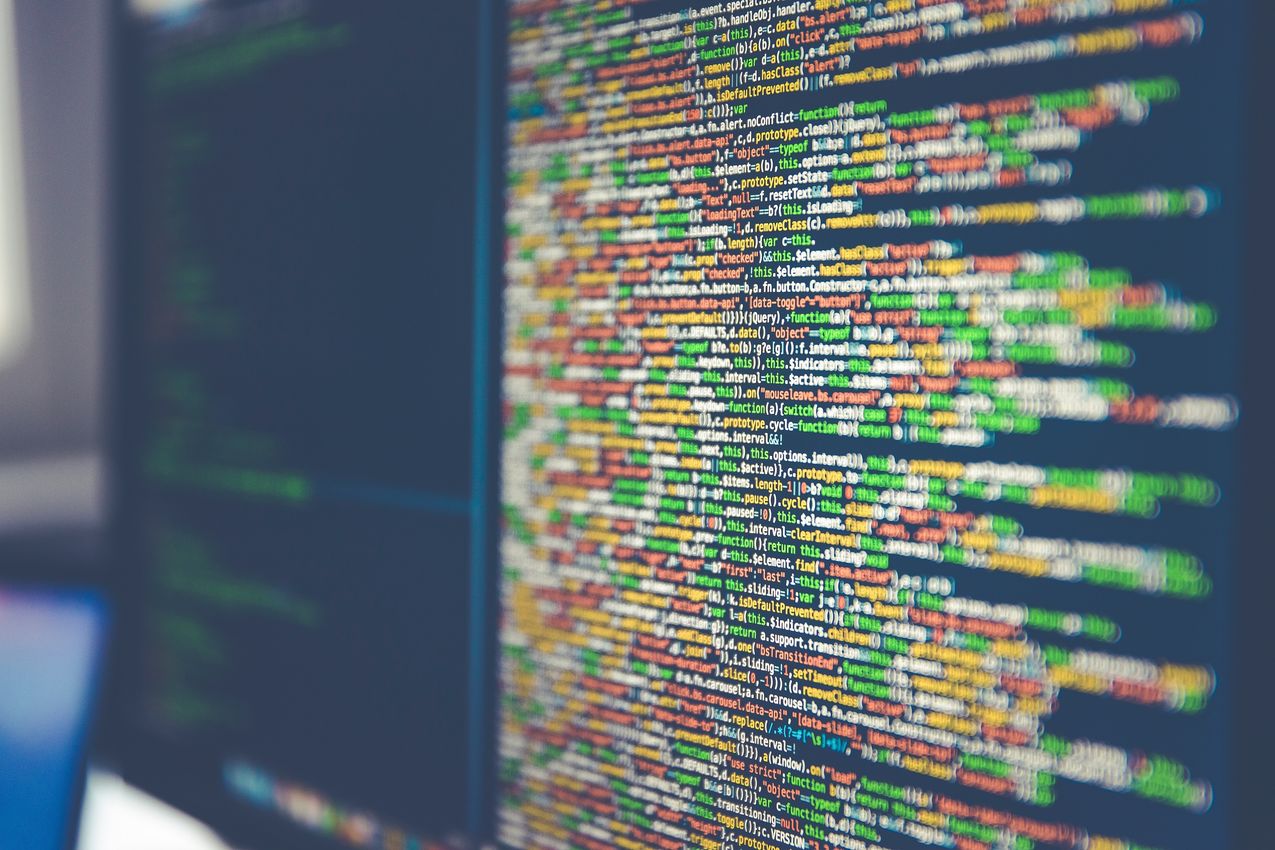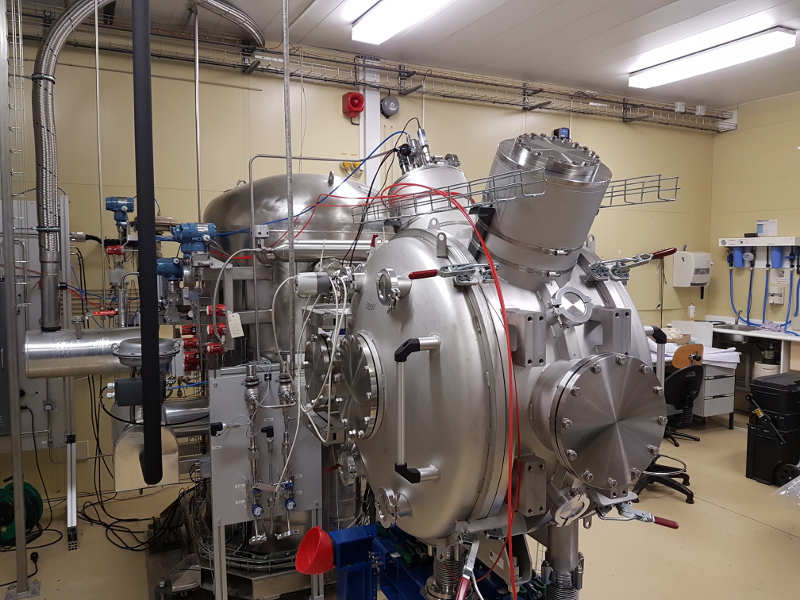e-Health companies face challenges in developing business models
The development of technological tools has opened the way for many innovations in the e-health sector. These products and services allow doctors to remotely monitor their patients and help empower dependent persons. Yet the companies that develop and market these solutions find it very difficult to establish viable and sustainable business models. As part of the Better Business Models project, Charlotte Krychowski, a researcher in management at Télécom École de Management and Myriam Le Goff-Pronost, a researcher in economics at IMT Atlantique, have focused on company case studies to better understand this situation.
Connected capsules and blood pressure monitors, platforms for medical consultation by telephone, home automation and remote assistance services for dependent persons… All these innovations are the work of companies in the e-health sector, which has been booming with the development of new technologies. “The innovations in e-health offer real benefits for patients: some of the connected objects, for example, are able to detect when an elderly person falls and alert a doctor,” Myriam Le Goff-Pronost explains. Far from being unnecessary gadgets, these new products and services help establish efficient medical services, while reducing healthcare costs. But despite the quality of the services they offer, companies in the e-health sector face many challenges in establishing viable business models.
The BBM (Better Business Models) project, funded by the ANR, with partners including Myriam Le Goff-Pronost (IMT Atlantique), Charlotte Krychowski (Télécom École de Management), Université de Lille, Université Savoie Mont Blanc and Grenoble École de Management, focuses on the challenges companies face in establishing business models in the areas of e-health and video games. “These two industries were chosen because digital technology plays a predominant role in both, and in France there is a dynamic group of companies in these sectors. Along with twenty researchers from other schools, Charlotte and I have worked on e-health companies,” Myriam Le Goff-Pronost explains. The researchers worked on case studies to understand how business models have developed in these sectors. “We studied businesses that were very different in terms of their size and activities, but also in terms of their success, so that we could study an eclectic and representative panel,” says Myriam Le Goff-Pronost. “This has required a lot of work through regular meetings and interviews with business leaders in order to understand their decisions in terms of their business model and the way these models have developed.” Unfortunately, for now, none of the e-health companies they studied have succeeded in generating profits.
Two different worlds with different problems
While all the companies studied experienced economic difficulties, they faced different challenges in establishing a sustainable business model. Myriam Le Goff-Pronost and Charlotte Krychowski observed that the companies could be divided into two distinct groups: the well-being world, geared toward the general public, and the medical world, which proposed medical devices.
From connected scales to wristbands that track activity, the “well-being” products are usually sold directly to the general public. “The main difficulty for the “well-being” companies is that, often, they find themselves competing with big American manufacturers, and it is hard to make their product stand out,” explains Charlotte Krychowski. “Not to mention that they are adversely affected by the ban on marketing health data.”
In the medical world, because of how difficult it is to obtain marketing authorizations, and the health system’s structural problems, it takes a long time to reach the break-even point. While waiting to reach this break-even point in the health sector, Bodycap, which offers a connected capsule for measuring body temperature in real time, turned to veterinary medicine and top-level sports to survive. Yet there are many possible applications for human health: monitoring a patient during a lengthy surgical operation, post-surgery follow-up after the return home, monitoring patients confined in sterile room, etc. “To survive, companies are turning to sectors where regulation is much more flexible, no need for marketing authorizations! And in top-level sports, prices can be very elastic,” Charlotte Krychowski explains.
Finally, there is a reason it is so complicated for companies offering medical services and devices to establish business models in the e-health sector: the patient, who would benefit from the service, is not the one who pays. Social security, complementary health insurance organizations, EHPAD (residential homes for dependent older people), are just a few examples of the intermediaries that complicate the process of establishing cost-effective and sustainable business models. The Médecin Direct Platform, which offers medical consultations by telephone, has chosen to build partnerships with insurance providers to establish a viable business model. The insurer offers the service and pays the company. “The State’s validation of their remote medical consultation activity has enabled them to write prescriptions remotely, which really helped them economically” Myriam Le Goff-Pronost explains. “Still, the company is not yet generating profit…”
Structural problems to resolve
“Although these companies are struggling to find a suitable business model, this does not mean they are not doing well or have made bad choices,” says Charlotte Krychowski. “For most of them, it will take years to become profitable, because the viability of their business model depends on the long-term resolution of structural problems in France’s health sector.” Because while innovations in e-health help in prevention, hospitals and doctors are paid on a fee-for-service basis, for example for a consultation or operation. “Currently, whether a patient is doing well or poorly after an operation has no impact whatsoever on the hospital. And what’s more, if the person must be re-hospitalized due to complications, the hospital earns more money! The pay received should be higher if the operation goes well and the post-surgery follow-up is carried out properly,” says Charlotte Krychowski. In her opinion, our health system will have to transition to a flat-rate fee for each patient receiving follow-up care in order to integrate e-health innovations and provide companies in the sector with a favorable environment for their economic development. It will also be necessary to train caregivers to use the digital tools, since they will increasingly need to provide follow-up care using connected devices.
Furthermore, other legislative barriers hinder the success of e-health companies and the development of their innovations, such as marketing authorizations procedures. “The companies studied that produce medical devices are required to conduct clinical trials that are extremely long in relation to the speed of technological developments,” says Charlotte Krychowski. Finally, current legislation prohibits the marketing of sensitive health data, which deprives companies of an economic lever.
The difficulties encountered by all the companies in the study led the two researchers to publish the case studies and their findings in a book that is currently in progress, which will give business leaders keys to establishing their business models. According to Myriam Le Goff, this work must be continued to produce specific recommendations to help e-health entrepreneurs break into this complicated market.
Also read on I’MTech:






